Wahoo's new Sports Science Center almost made me sick, but it's impressive
We spent a day at Wahoo's recently opened drool-worthy sports science haven getting to know our bodies better
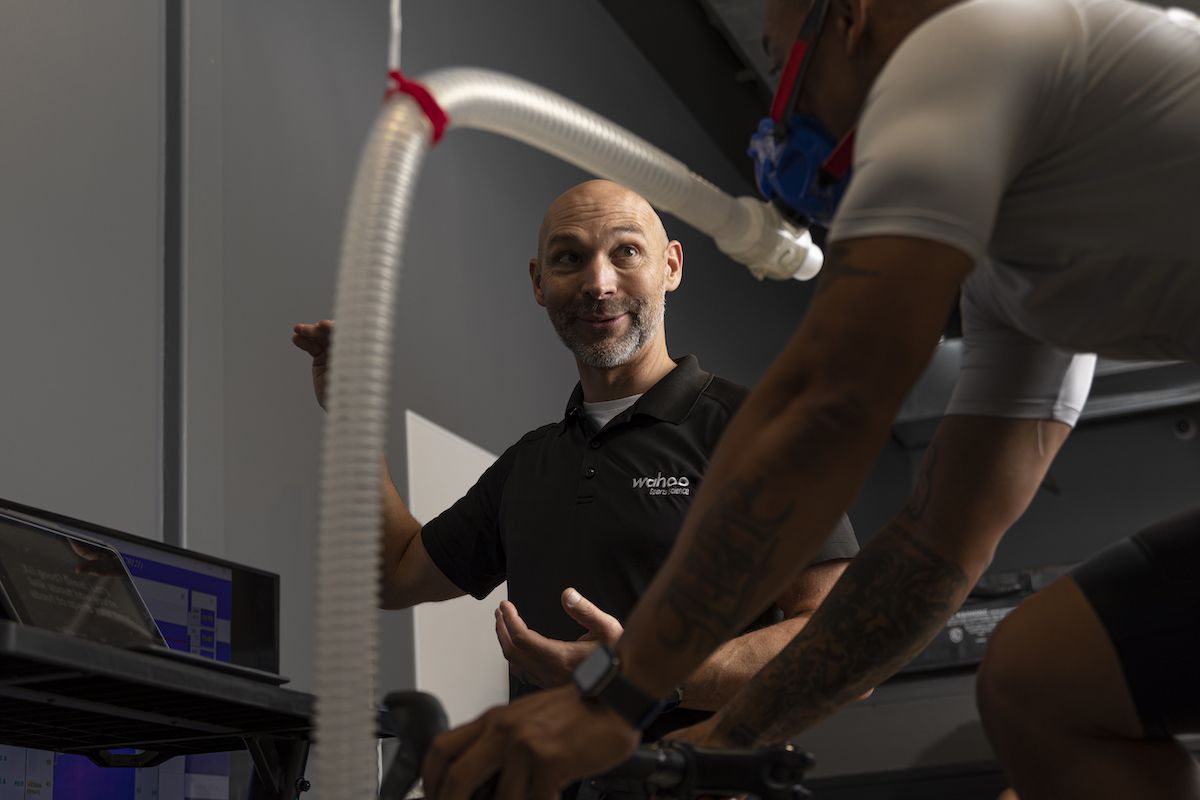
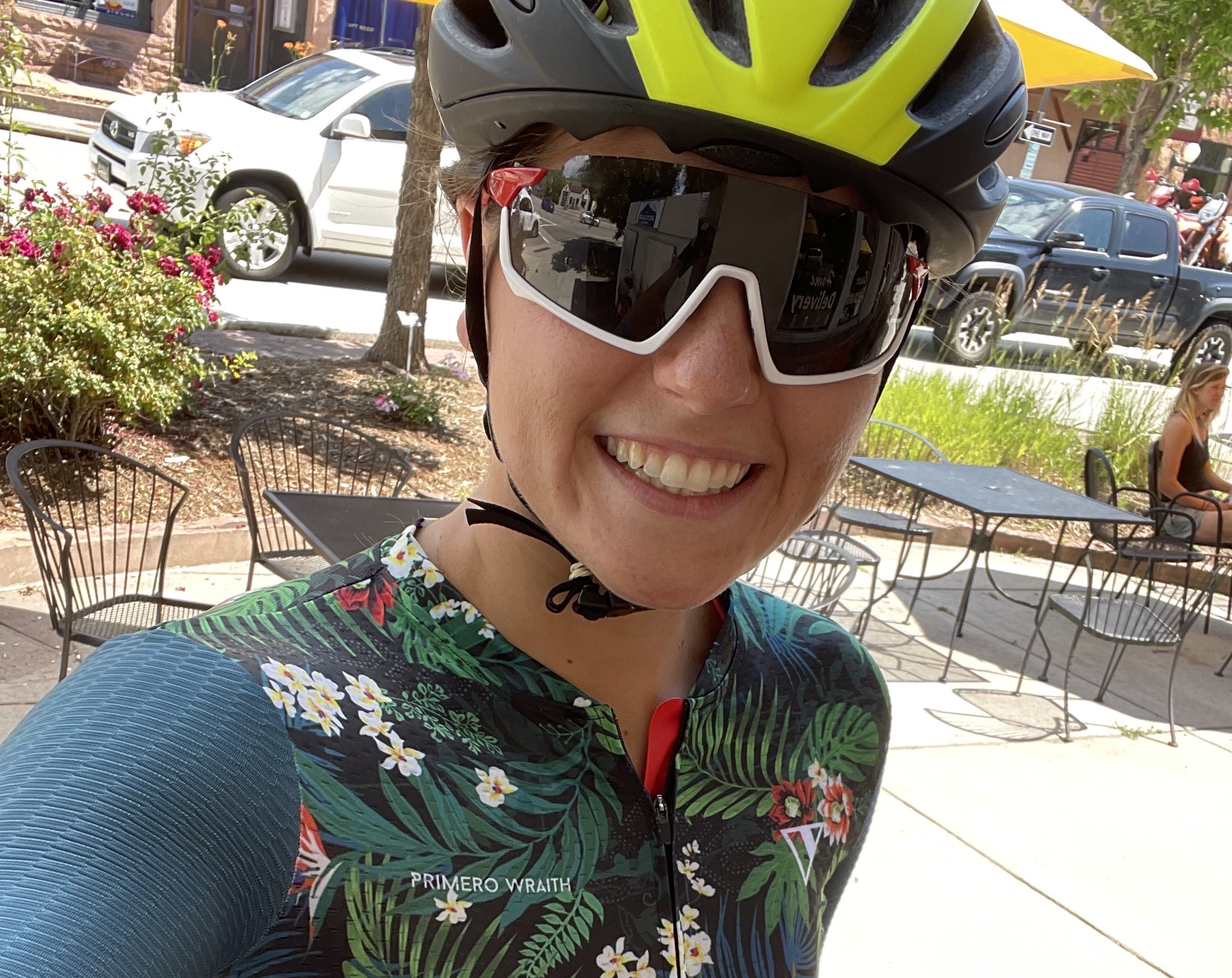
Wahoo recently opened a state-of-the-art sports science center in Boulder, Colorado complete with a testing lab, strength room, and cycling studio. Here’s your first look at this drool-worthy sports science haven.
Sports science is a field that, believe it or not, has been around since 776 B.C. when Milo of Croton unknowingly invented the idea of progressive loading. Except, instead of doing this in a gym with weights, he did what any B.C.-era strongman did: carry a calf for a mile a day, every day, until the calf became a full grown ox.
Today, there are far fewer oxen used in sports science, having replaced bovine methods with lactate testing, threshold workouts and kinesiology to craft today’s version of sports science.
The idea of a sports science center is not new. In Boulder alone, there are multiple locations where one can go to optimize their training and learn more about the inner workings of their body. Today, Wahoo joins those in the sports science center arena with its own state-of-the-art location in east Boulder.
The Digs
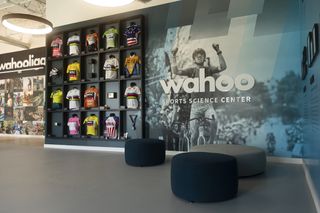
The nearly 9,000-square-foot Wahoo Sports Science Center is inconspicuous from the outside, looking more like a warehouse than a gadget-filled home for the latest sports tech. Once inside, however, athletes are welcomed into a main entrance where Wahoo shows off its successes with a wall adorned with jerseys and medals from the 2016 Rio Olympics and Paralympics, Evelyn Stevens’ hour-record-breaking track bike and Taylor Phinney’s helmet from the 2008 Olympics.
A timeline of sports science history —yes, it includes Milo of Croton— dots the wall alongside a map of Boulder that serves as its wallpaper. If you’re feeling up for it, you can hop on a bike connected to a Wahoo trainer straightaway.
After ooo’ing and ahh’ing over the entryway for a bit, you can either head into the sunny kitchen or the announcement hall with its massive wooden steps and auditorium-like feel.
Get The Leadout Newsletter
The latest race content, interviews, features, reviews and expert buying guides, direct to your inbox!
Just outside of the theater are a few conference rooms, an open-style workspace, a soundproofed podcasting studio and a modestly-sized strength room complete with a squat rack, free weights, bands, ropes — everything one might need to break a sweat.
Head just a bit further through the winding, cavernous hallways of the Wahoo Sports Science Center and you’ll find a cycling studio with rows of Wahoo KICKR BIKEs. Although class schedules have yet to materialize, it sure seems like Wahoo is getting ready to rival Peloton with this amenity.
Lastly, the “fun room” a.k.a the lab. The Wahoo lab includes a massive swim flume (which is a counter-current pool), a treadmill, a KICKR trainer, and all sorts of fancy contraptions that provide an in-depth look at how your body performs while being pushed to the max.
How I spent my day
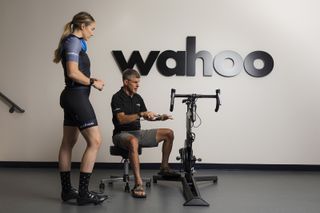
9 a.m. - I was greeted with a breakfast any athlete would be happy with: bagels, coffee, yogurt and granola cups, fresh fruit, and more. Good start.
10 a.m. - After wolfing down a bagel (or two, who am I to decline free food?), the industry crew headed to the auditorium area to hear about Wahoo. Most interesting here was hearing from Dr. Jinger Gottschall, Wahoo’s Director of Applied Research. Dr. Gottschall shared about her research she in how women and men react differently to aerobic and anaerobic efforts as they age, and how indoor training simulations may improve outdoor efficiency and more.
By this point, it was midmorning, and we were ready to head off on our own “live like a pro” version of choose your own adventure.
11 a.m. - My first session was with Jeff Hoobler, Head of Coaching at Wahoo. Hoobler has spent his career working with athletes across all sports and is the mastermind behind Wahoo SYSTM’s strength and conditioning workouts.
Hoobler ran through a movement screen with me, having me do all sorts of single-leg squats, pushups, diaphragmatic breathing, marching in place, etc until I felt like a proper lab rat.
He concluded that I have increased tightness in my right side, especially in my right hip and quad. This came as no surprise as I’ve had numerous traumas and a surgery to my right leg from my former soccer-playing-years.
Hoobler then observed me on my bike, which was hooked up to a Wahoo ROLLR trainer. We completed a video analysis of my fit, which showed that my right hip was hiking up quite a bit at the top of each pedal stroke. While we didn’t make any fit adjustments at the time, but this was valuable information to bring to my bike fitter.
Hoobler left me with some Wahoo SYSTM strength and mobility sessions that are geared towards the particular limitations we found in my strength evaluation. All in all, the session was about 90 minutes and chock-full of information.
12 p.m. - Over sandwiches I sat down with Wahoo Coach Andrea Dvorak, who is a 2012 Olympic cyclist and decorated professional mountain bike competitor. Dvorak helps with the coaching side of Wahoo SYSTM, providing guidance to both users of the app and building automated coaching plans for SYSTM.
Andrea and I spent time discussing a survey I completed prior to arriving at Wahoo detailing my athletic history, goals and challenges. We chatted about a recent coaching change I made and what I hoped to get out of that as a person and an athlete and how I best respond to and work with a coach.
We then swapped stories of how we “found the bike” and our earliest memories of being plunked down on a saddle and told to pedal. Soon the entire kitchen area had joined in, and we all had unique stories to share about our first memories of being on two wheels.
1 p.m. - Now it was my turn to face the most intense and data-heavy session of the day: the Lab. Despite being a bit sleepy from my sandwich and sitting in the warm kitchen, I put some cold water on my face and strode into the Lab where I met with Mac Cassin, a senior sports scientist at Wahoo.
We got my bike set up on a KICKR and began outfitting me with all the fixings: a VO2 mask, a sweat patch, Wahoo TICKR heart rate monitor, a power meter (already on my bike) and a lactate blood meter, for which I would get tiny amounts of blood drawn via earlobe pricking at specific intervals.
I would be completing two tests via bike: a ramp test consisting of one-minute intervals of increasing power until I could no longer hold the power for a minute followed by a heart rate-constrained test, where I could bike at any power that would keep my heart rate in a modest zone, for me it was 150-160 bpm.
As I sweated (and tried not to barf up my sandwich), Cassin took earlobe pricks while gently letting me know I am a heavy sweater (as if we needed science to tell us that, just look at the puddle on the floor!).
Once the testing session was complete I was eager to learn about what results my body fluids revealed.
3 p.m. - To analyze my results from the lab, I met with Head of Sports Science at Wahoo, Neal Henderson. Henderson has coached numerous elite athletes including Olympians, and was Evelyn Stevens’ coach when she set the one-hour world record in 2016, riding 47.98km in 60 minutes.
While I got too many data points to review them all here, there were some that stood out to me. The first: my body really likes to hang onto and create lactate. Even after the ramp test ended, my body put out another 2.1 mmol/L of lactate at a time when most people’s drop significantly.
The test confirmed that I am a heavy sweater, but not a salty sweater. I don’t need more salt than the average person, but I likely need more fluids, especially when it is warm out.
Unsurprisingly, the results showed that 77% of my total energy comes from carbohydrates while 23% comes from fat. Further, Henderson and I discussed that I likely need around 430 calories and 80-90 grams of carbs per hour when completing aerobic training such as a long ride, run, or during a half-ironman or ironman.
4 p.m. - Final regroup
To cap off the day, we all met back in the auditorium area of the center and discussed our results from the Lab and how to use them moving forward.
Having left the day with significantly more data about myself than when I arrived, I can say that this space is one to watch as it will surely play a large part in the way athletes, both amateur and professional, understand themselves athletically and apply that knowledge to their competitions.
The Future of the Wahoo Sports Center
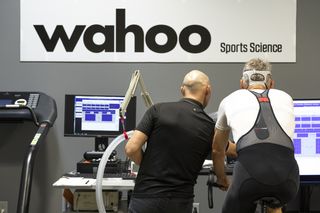
Wahoo-sponsored athletes and teams will be able to schedule time in the lab with the Wahoo Sports Science team. The Center is also planning on rolling out events for the public, too, such as group yoga, runs, and rides.
The Wahoo Sports Science Center makes it clear that Wahoo isn’t just about direct-to-consumer products like the KICKR. Wahoo is aiming to become a leader in not just technology, but in the science behind building stronger, faster athletes, as well.

Thank you for reading 20 articles this month* Join now for unlimited access
Enjoy your first month for just £1 / $1 / €1
*Read 5 free articles per month without a subscription

Join now for unlimited access
Try first month for just £1 / $1 / €1

Kristin Jenny is an elite triathlete based near Boulder, Colorado. Although most of her time is spent in aerobars somewhere in the mountains, she finds time to enjoy eating decadent desserts, hiking with her husband and dog, and a good true crime podcast.
-
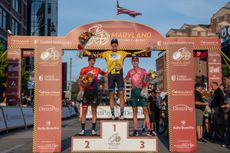 Lidl-Trek, EF Education-EasyPost among first teams to seize ‘the only chance to race in the United States’
Lidl-Trek, EF Education-EasyPost among first teams to seize ‘the only chance to race in the United States’With a world-class field of competitors, organisers hope to showcase professional cycling to American spectators and reignite fan interest
By Anne-Marije Rook Published
-
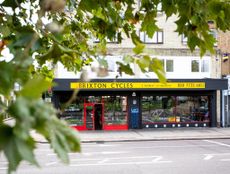 'This sucks': Brixton Cycles closes its doors after 42 years
'This sucks': Brixton Cycles closes its doors after 42 yearsIconic London shop announces closure after premises listed on property site
By James Shrubsall Published